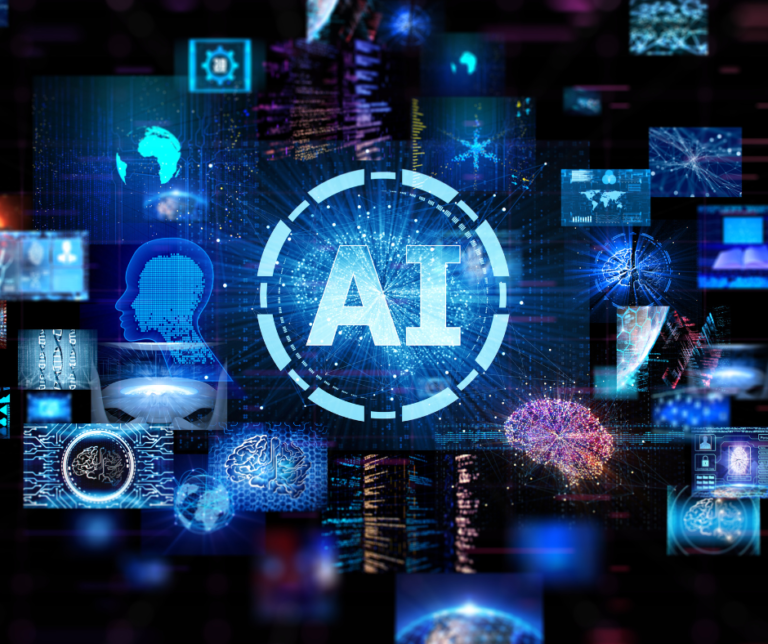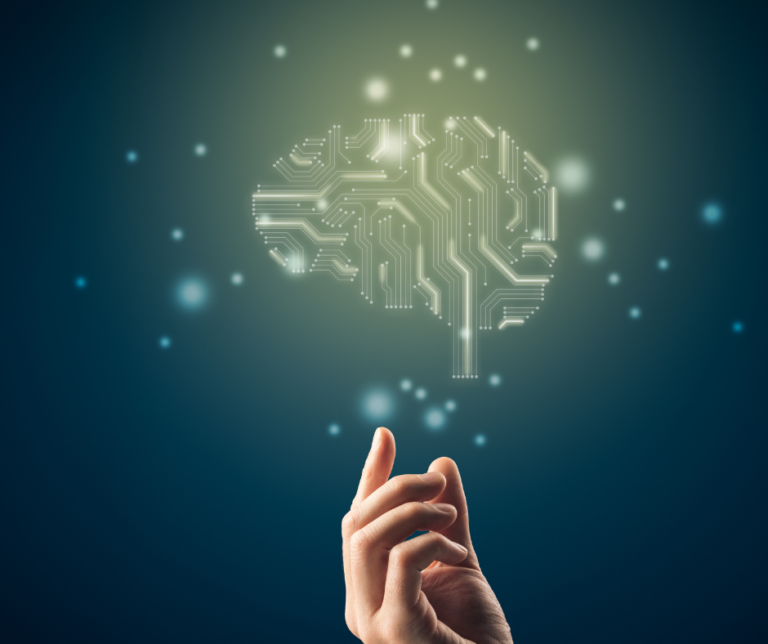
There’s no doubt that the use of AI in the workplace is a hot topic for discussion across all business sectors. Since the launch of OpenAI’s ChatGPT in November 2022, there have been significant investments in AI technologies – over $200 Bn to be exact.
With these staggering levels of investment we could well be experiencing one of the most important tech developments for the workplace, but what does that mean for young people and their careers?
We asked Ben, our Head of IT & Network, and Roger, our industry-experienced IT Tutor, to share their thoughts with us in a Q&A….
What are your thoughts around AI and the future of work?
Ben – AI is already changing the way we work. Helpfully, it can automate repetitive work, which means we can put our efforts into the parts of our jobs that we are passionate about. However, soft skills like empathy, creative thinking, and collegiality are difficult for technology to replicate. This gives hope that we are not going to be surplus to requirements just yet!
The evolving nature of job roles means it’s increasingly important for new and young professionals to have high levels of IT literacy, flexibility, and a willingness to continue developing their skills throughout their careers.
Roger – According to the UK Govt, 15% of businesses have already implemented at least one AI technology, and this number is forecasted to grow with the continual development of tools. Quite simply, young professionals entering the workplace will be expected to be comfortable with AI, just as they are expected to be comfortable with changing social media platforms and other digital technologies.
How should young people approach using AI responsibly in the workplace?
Ben – Amidst all of the excitement around AI we need to recognise it’s a relatively new technology. This makes it fallible and prone to hallucinations, where AI confidently presents misleading or incorrect results.
We should approach using it with caution, thinking critically about the reliability of the information it provides and the quality of the sources it cites.
For both college assignments and workplace reports, we must always credit other people’s work. This is increasingly vital, as Generative AI can easily produce detailed answers to our prompts. Students must give credit to the original author, bringing credibility to their arguments and helping to demonstrate how their understanding has developed.
Roger – Young people must be aware of the drawbacks of using Generative AI for tasks such as writing content and copy. Responses to prompts will be highly generic, and AI-generated social media posts can now be easily identified if they haven’t been creatively modified.
The other aspect to consider is the ethical use of AI. This means using these tools responsibly and transparently, and in ways that respect privacy, fairness, and human decision-making.
It’s about teaching young people not just how to use AI to enhance their learning and careers, but also when not to rely on it, and how to question it. As with any powerful tool, using AI wisely requires critical thinking and a strong sense of personal and professional ethics.

What AI tools can young professionals expect to be familiar with in advance of entering a business workplace?
Ben – In truth, a lot of the AI tech young people will use in their careers hasn’t even been invented yet. Even so, getting to grips with today’s tools gives you a confident start and the experience to help you adapt to future changes.
AI is already creeping into productivity software like MS Office and Google Workspace, and this will only get more advanced and integrated over the next few years. It’s crucial for young professionals to learn how AI can make admin tasks easier, for example, in helping with tasks like drafting emails and visualising data.
We will support our students’ AI understanding through experimenting with Gemini, ChatGPT and CoPilot, in order to help them understand their current strengths and weaknesses.

Roger – Students will be expected to know some key AI skills, such as how to write prompts for AI chatbots, creating AI images, and in content creation for social media posts and marketing materials.
More importantly, they will need to develop critical thinking skills around using it. This is because AI has some significant downsides, including:
- AI-slop – the use of AI to generate large amounts of poor quality, generic content
- AI-hallucinations – the tendency of AI to create inaccurate answers
- Ethics associated with the use of AI – for example, understanding issues around the use of copyright materials to train AI systems
- Environmental considerations – AI requires significantly more computing resources than standard systems.
Showing awareness of understanding both the advantages and drawbacks of AI will hold them in good stead when entering employment.
What are the latest developments in AI and where is it going?
Roger – Leading experts are saying that this is the year of Agentic AI – software that, according to IBM, promises to “autonomously perform tasks on behalf of a user or another system by designing its workflow and utilising available tools.”
Examples of this would include personalised assistants that can operate independently, make decisions and performing tasks without human intervention.
AI now forms part of the Professional Business Diploma curriculum and learning content will be continually updated as it evolves. To see full details of our curriculum and modules head here.